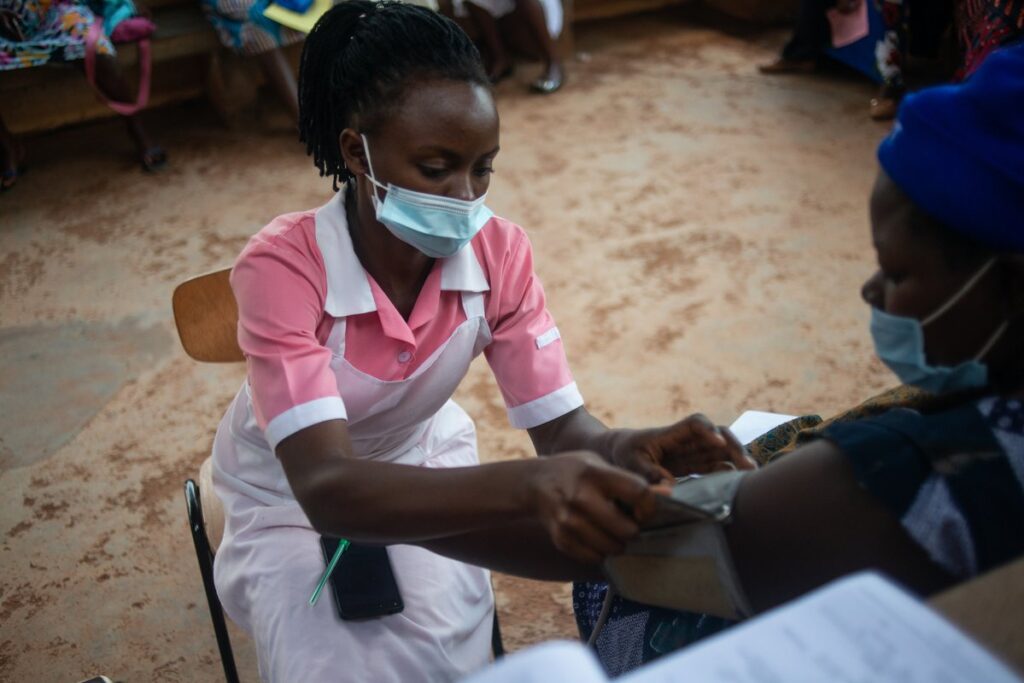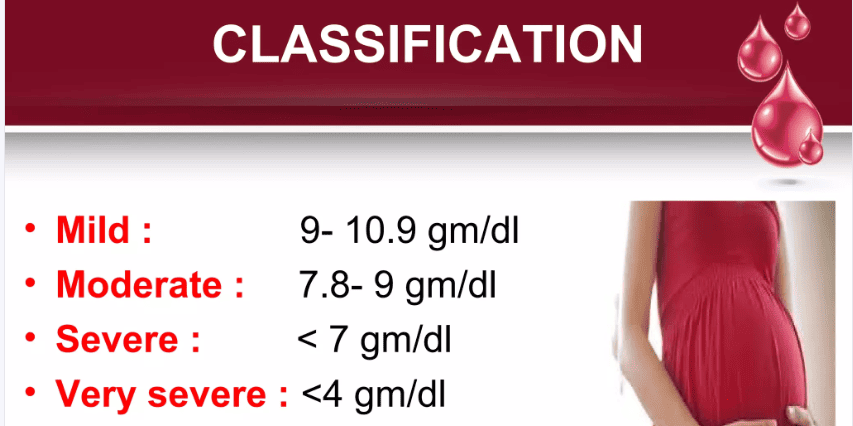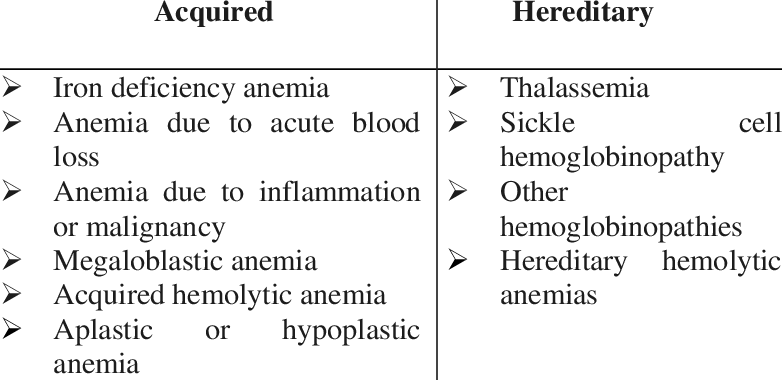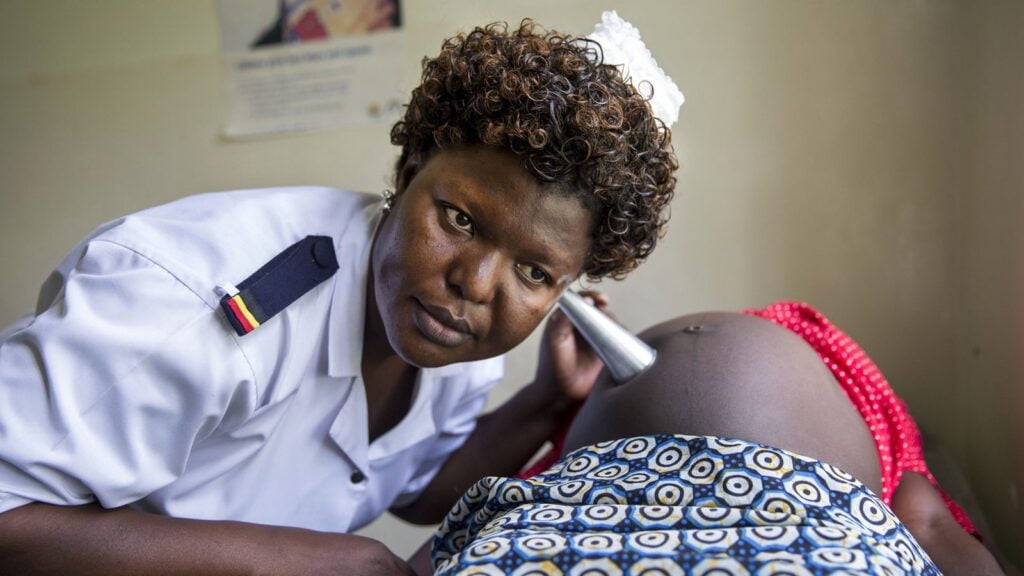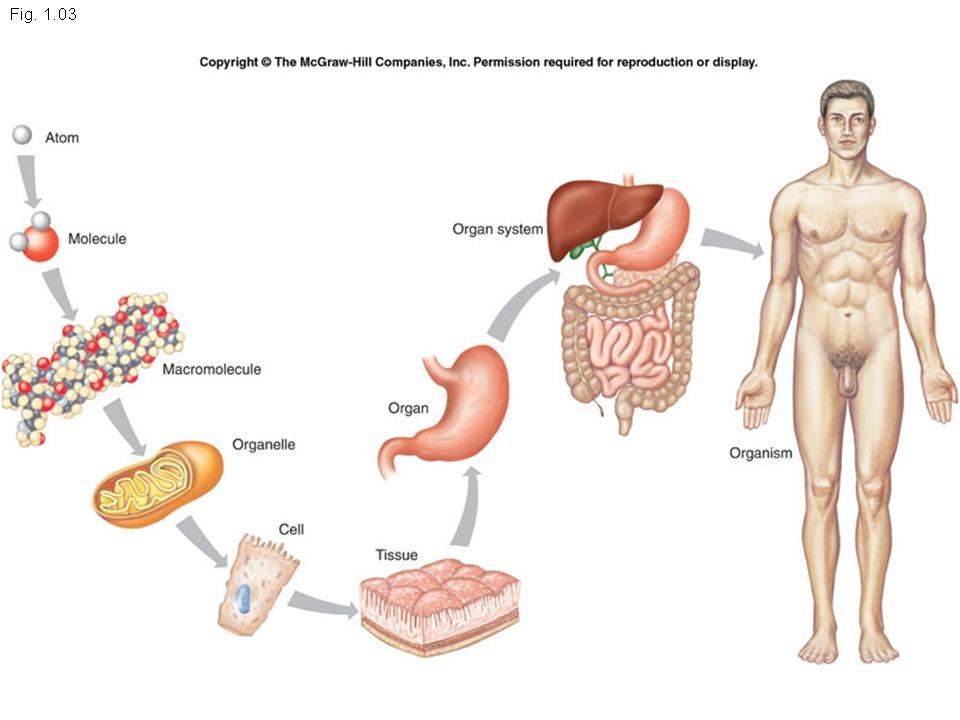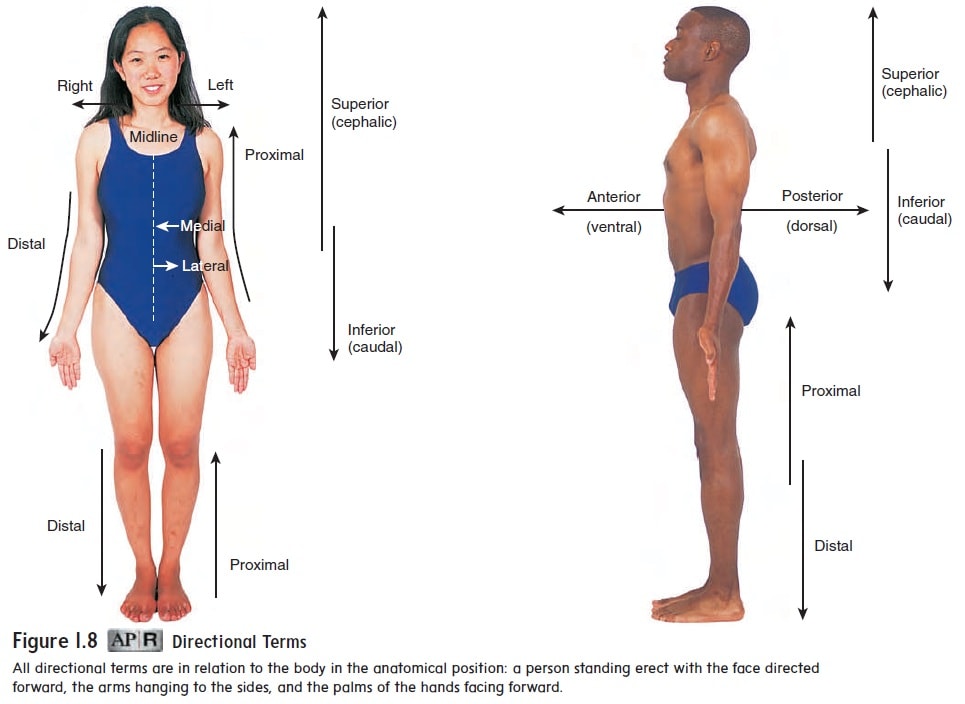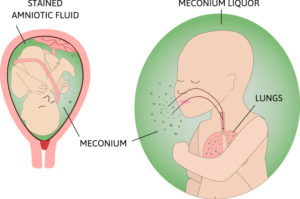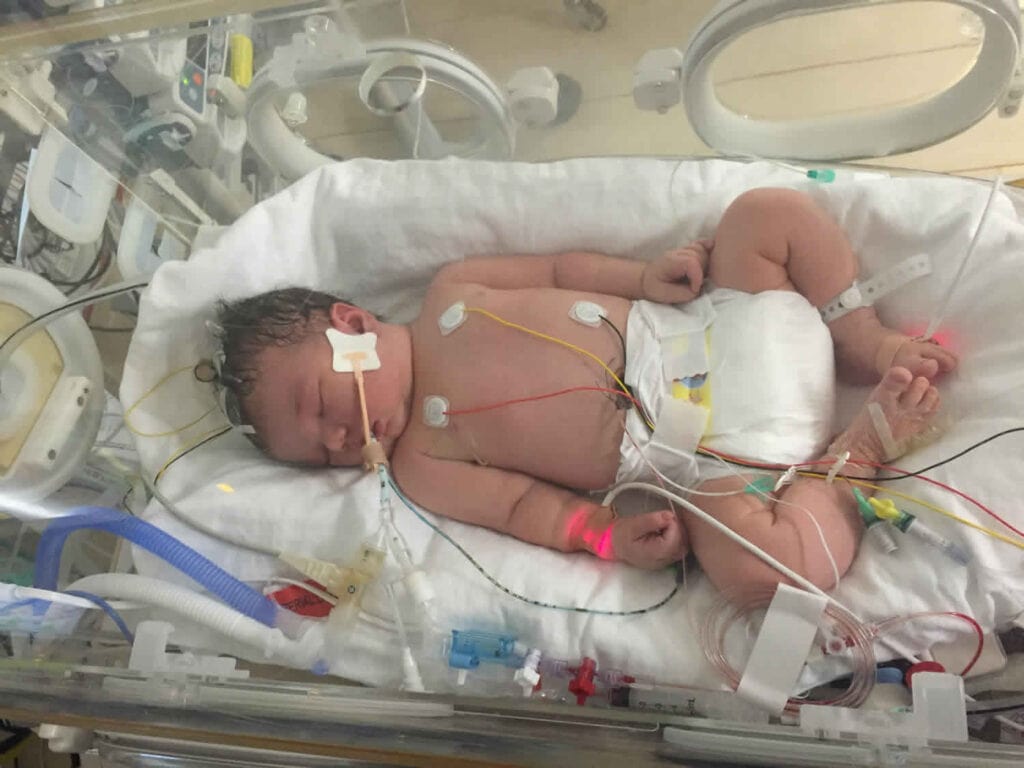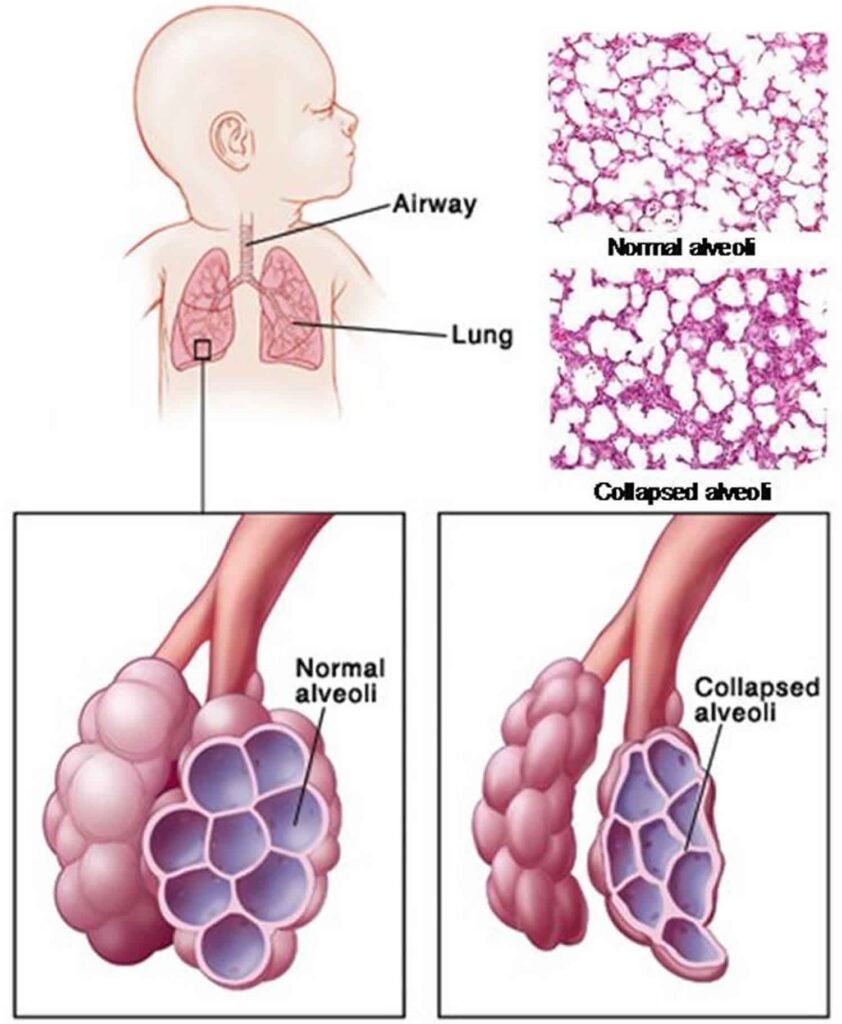Suicide and Suicidal Behaviour
Suicide
Suicide is the deliberate act of ending one’s life
Suicide refers to deliberate act of self harm that result into death.
Reasons for committing suicide
- To solve problems like adultery for his/her spouse, poverty, stigma, discrimination,
- To harm others incase of anger to parents decisions for children.
- To end life in-case of terminal illnesses e.g. Newly diagnosed HIV, cancer
Conditions which predispose to suicide
- Schizophrenia
- Hysteria
- Dementia: is an organic degenerative psychiatric disorder characterized by progressive deterioration of cognitive functions of an individual.
- PTSD
- Rape and defilement
Other risk factors include;
- Depression with suicidal feelings
- Family history of suicide attempts
- Exposure to violence
- Impulsivity [acting without thinking]
- Aggressive or disruptive behaviour
- Assess to fire arms and other harmful objects
- Bullying and teasing at school
- Feelings of hopeless or helpless
- Acute loss or rejection
- Death of a loved one
- Loss of boyfriend of girlfriend
- Humiliation by family members or friends
- Trouble with the law
- Failure at school
- Alcohol and drug abuse
- Sexual harassment
- Chronic illness
- Family disruption
- Other mental disorders such as schizophrenia and PTSD
Methods of suicide
- Hanging
- Poisoning
- Intentional accidents, gunshots, drowning
- Intentional rupturing of the main arteries e.g. radial artery
- Drug over dose
- Self Starvation
Suicidal tendencies/ behavior
This is the act of an individual to harbor suicidal ideas, gestures or behavior.
Suicidal attempt
Is a psychiatric emergency characterized by trial to commit suicide but survives or fails.
MANAGEMENT OF SUICIDE ATTEMPT
Suicide attempt is a psychiatric emergency and therefore collaborative interventions should be implemented.
Aims of management:
(1). To prevent self harm.
(2). To restore the patient’s functional state.
(3). To restore patient’s self esteem.
- Establish a positive nurse patient relationship, that will help you in dealing with the patient i.e. attain the patient’s cooperation and trust.
Immediately sign a caution card for such a patient for easy observation. The patient should be handed over and taken
over physically using a caution card. - Immediate admission of the patient to an isolated room while taking brief history and waiting for the doctor.
- Create a safe environment for the patient i.e. remove all potentially harmful objects from the patient’s vicinity e.g. sharp objects, belts, glass items, drug tray.
- Immediate assessment of the patient for; Vital observations, physical injuries of the patient and if they are life threatening we give urgent emergency treatment i.e. arresting of hemorrhage incase ruptured arteries, if cyanotic administration of prescribed oxygen, gastric lavage for ingested poison, immobilization incase of fractures.
- Also observe patient’s behavior’s like talking about ending his or her life (suicide).Handling dangerous objects, Refusing food,
Accumulating drugs, Giving away property, Observe feeding since some starve themselves to death, and observe sleep pattern. - Assess the patient’s mental status by interviewing the patient, attendants or family member to identify any underlying mental illnesses.
- Administration of prescribed drugs while re-assuring the patient if conscious
> Hydrocortisone 100mg to 200mg 3 times to 4 times incase of poisoning > Chlorpromazine 100mg nocte incase psychosis induced suicidal attempt
> Amitriptyline 75mg nocte incase of depression induced attempted suicide
> Prophylactic antibiotics e.g. cloxacillin 500mg qid for 5 days incase of wounds. - Chemotherapy 97% of patients with suicidal tendencies have depression hence give;
> Antidepressants: e.g. Laroxyl 25mg-75mg ddd, Imipramine
25mg-75mg ddd
> Mood stabilizers e.g. Carbamazepine, Lithium carbonate,
Sodium valproate - The psychiatrist may order for therapeutic modalities to the patient e.g.
> ECT incase of severe depression, 2-3 shocks per week.
> Cognitive therapy incase of maladaptive feelings and behaviors
> Psychotherapy e.g. group therapy, cognitive therapy, individual therapy, family therapy, Occupational therapy to divert the mind from the worries.
Nursing Concerns
- Encourage the patient to express his feelings including anger.
- Enhance self esteem of the patient by focusing on his strengths rather than his weaknesses.
- Rehabilitation to acquire skills to earn a living.
- Occupation of the patient in different activities like board games, football e.t.c to divert his mindset from suicidal thoughts
- Diet: provision of foods liked by the patient to stimulate his appetite
- Ensuring 24 hour around the clock close monitoring and observation of the patient
- Minimizing the number of nurses caring for this patient
- Ensuring a good nurse patient relationship
- Teaching the patient relaxation techniques incase of stress
- Involvement of family members in the management of this patient i.e.
> Advising them to keep out reach items that the patient might use to harm herself
> Advise them to avoid being discriminative and be more of supportive to patient’s adaptation
of suicide free life
Advice on Discharge.
- Patient should take treatment as prescribed.
- Patient should come back for review.
- Report any side effects to the nearest health center.
- Avoid psychosocial stresses others that may cause relapse.
- Avoid abuse of addictive drugs and alcohol.
- Family involvement in supporting the patient.
- Advise community and family members not to isolate the
patient.
Prevention.
- Patient should be properly managed in hospital i.e. show a
good attitude to the patient while in hospital. - Early identification of problems that may cause mental health
disorders. - Early and proper treatment of physical and psychological
problems - Teach the community about factors that contribute to mental
and physical illness. - People should learn to plan for their lives i.e. not someone to plan for them.
- People should learn to be job creators but not job seekers.
- Avoid harsh punishments to children.
- People should learn to deal with difficult situations and
effective copying mechanisms and stress management skills. - Counseling to people with social and physical health
problems. - People should learn to share problems.
- Family should be helped to stay together.
Suicide and Suicidal Behaviour Read More »





